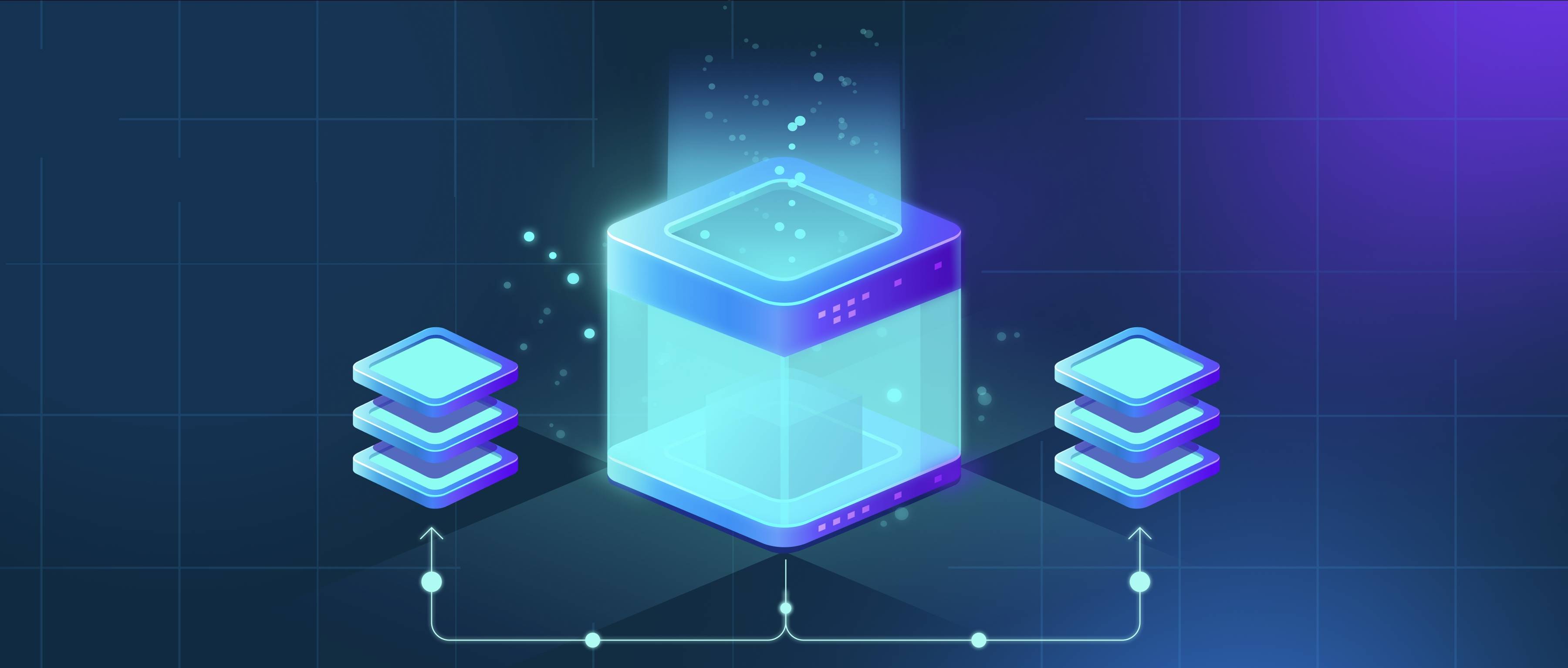Offline Reinforcement Learning (RL) is a method used within the discipline of machine learning where an agent learns to optimize its actions based on a fixed dataset of past experiences rather than interacting with the environment in real-time. In traditional RL, the agent learns by exploring and receiving feedback from its actions as it interacts with the environment. In contrast, offline RL relies solely on previously collected experiences to make improvements. This is useful in scenarios where real-time interaction may be risky or costly, such as in healthcare applications or autonomous driving.
The key component of offline RL is the dataset it uses, which typically consists of state-action-reward tuples gathered from previous interactions with the environment. This dataset needs to be diverse and representative of the different states the agent might encounter. One challenge in offline RL is the potential for distributional shift, where the policies learned from this fixed dataset might not generalize well to new situations the agent hasn’t been exposed to. Developers must ensure that the model they create can handle these situations effectively, often by employing techniques like conservative policy evaluation, which helps maintain performance even with unseen data.
For example, in the context of robotics, if a robot has a dataset collected from various tasks it performed in a controlled environment, offline RL allows that robot to learn from these experiences without needing to run many new physical trials. It can refine its policy for tasks like navigating through a cluttered room by using the data from its past actions. This can lead to more efficient training and better performance in real-world applications, where experimenting and exploring can be expensive or logistically challenging.
